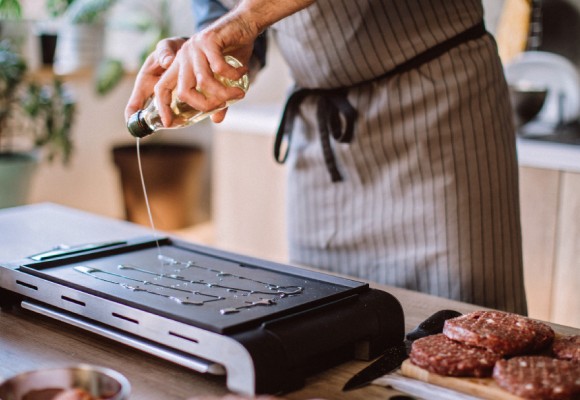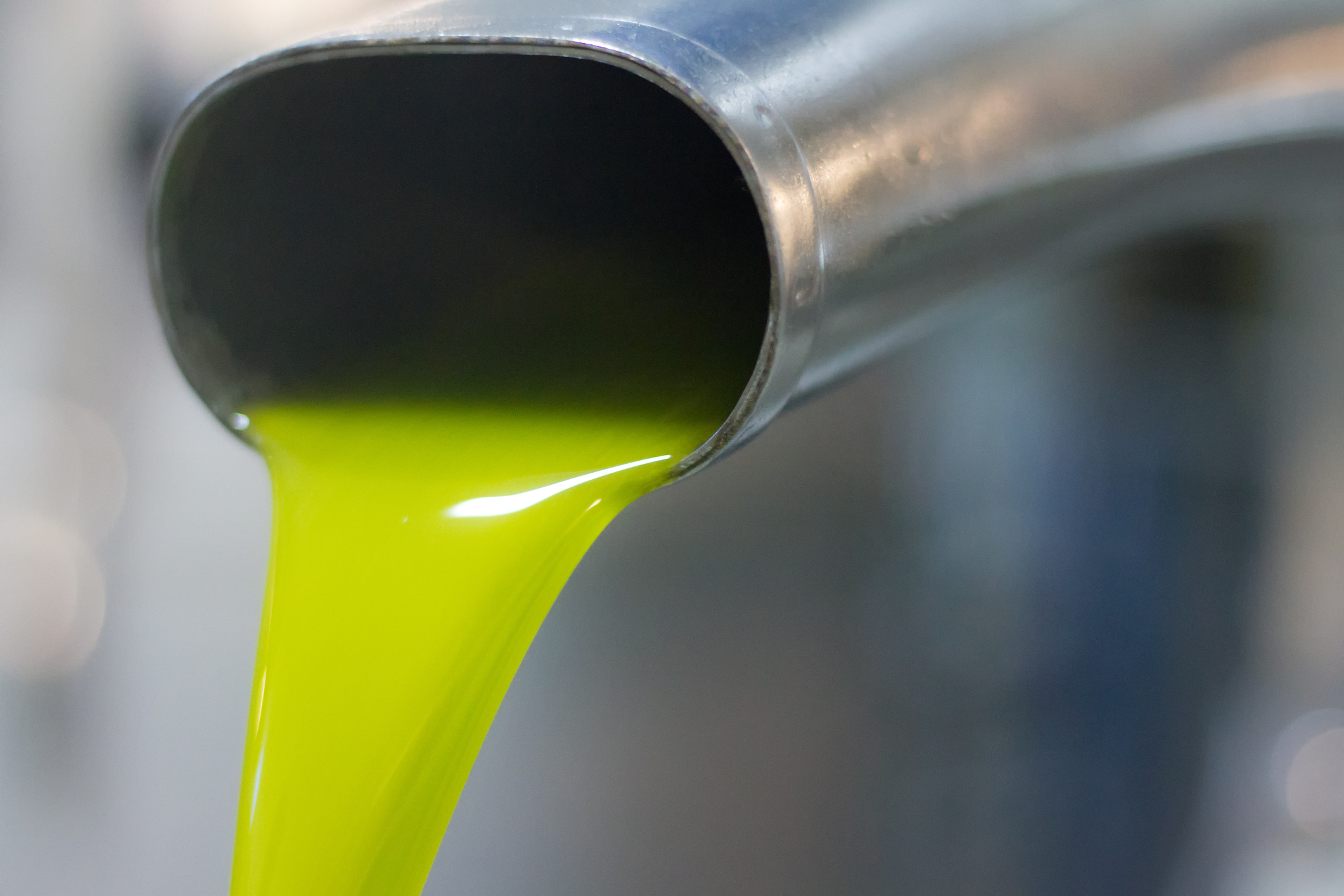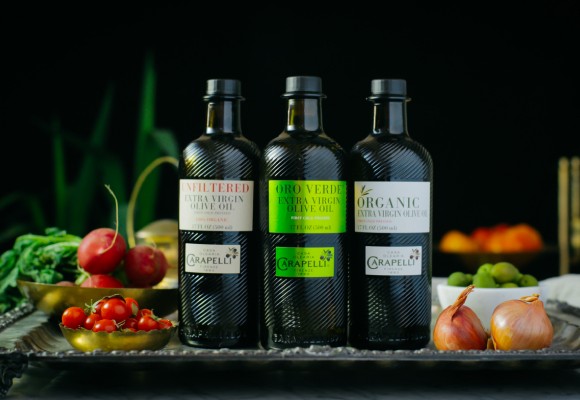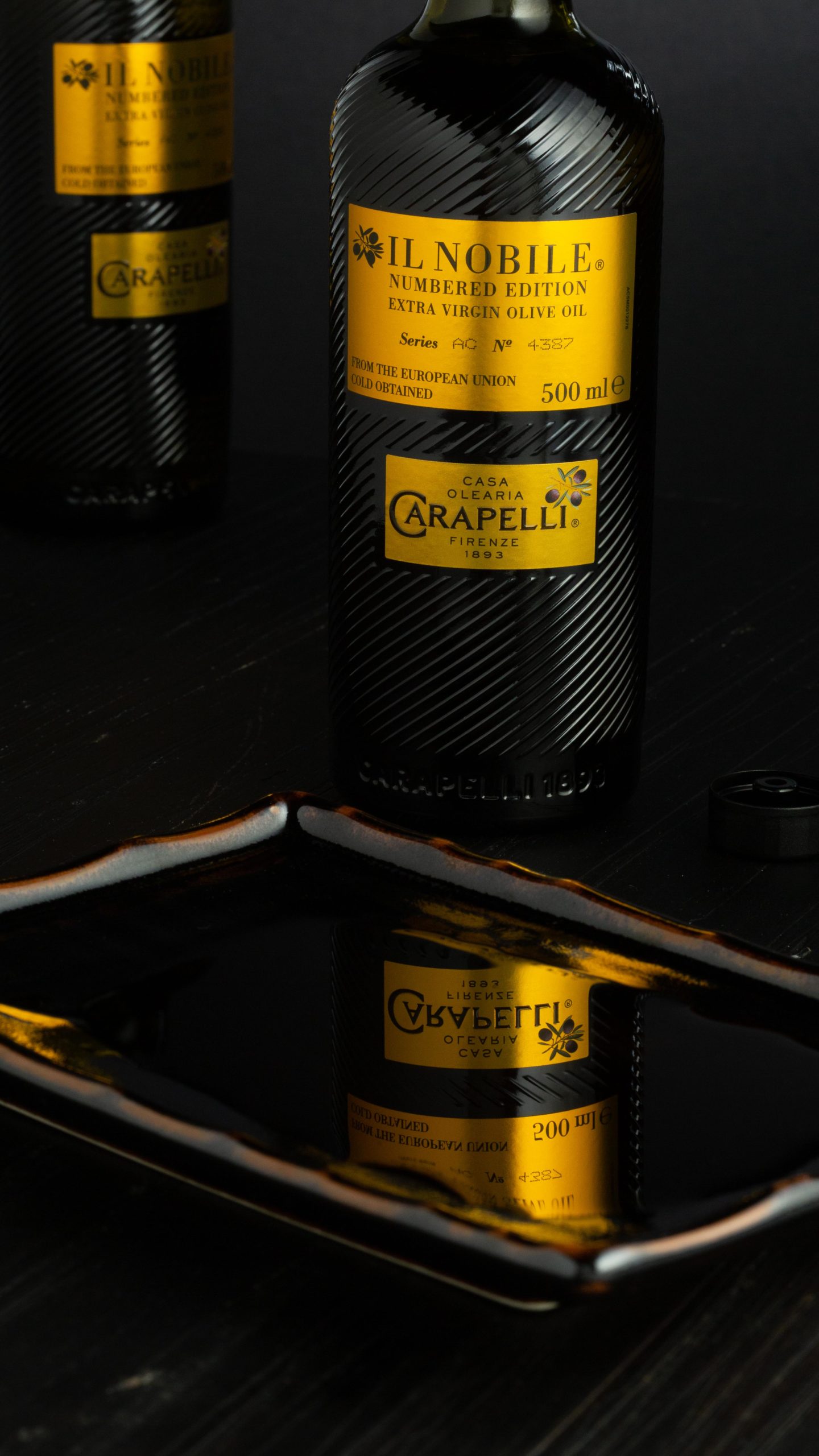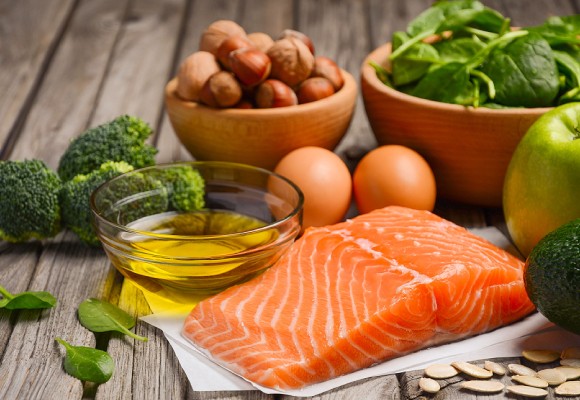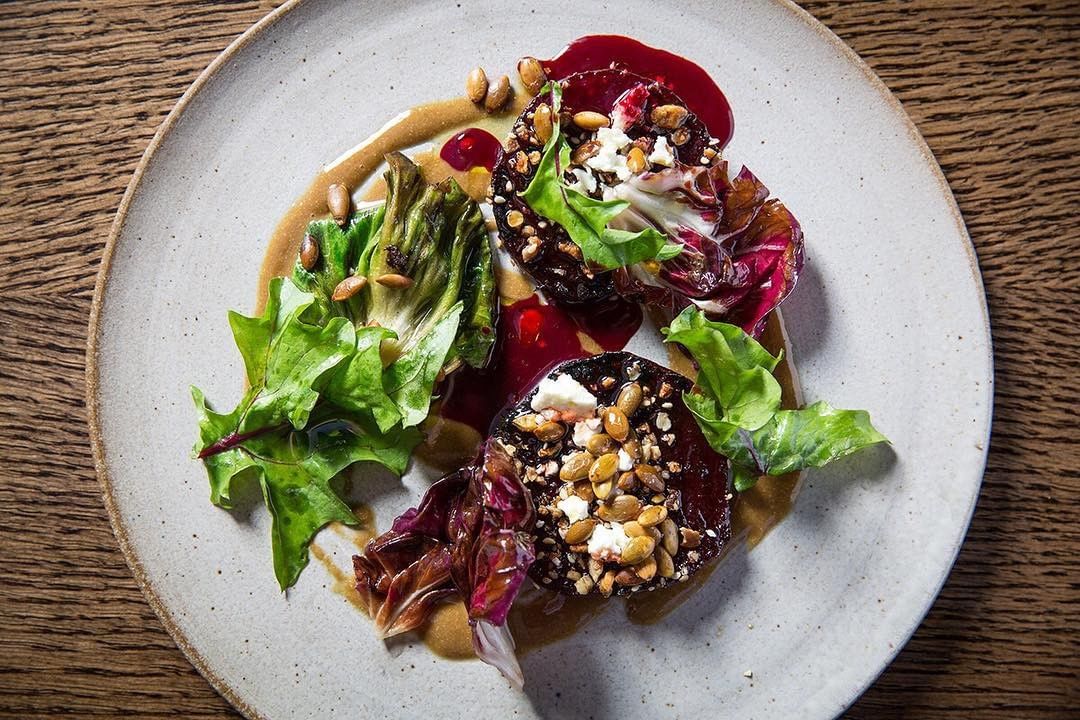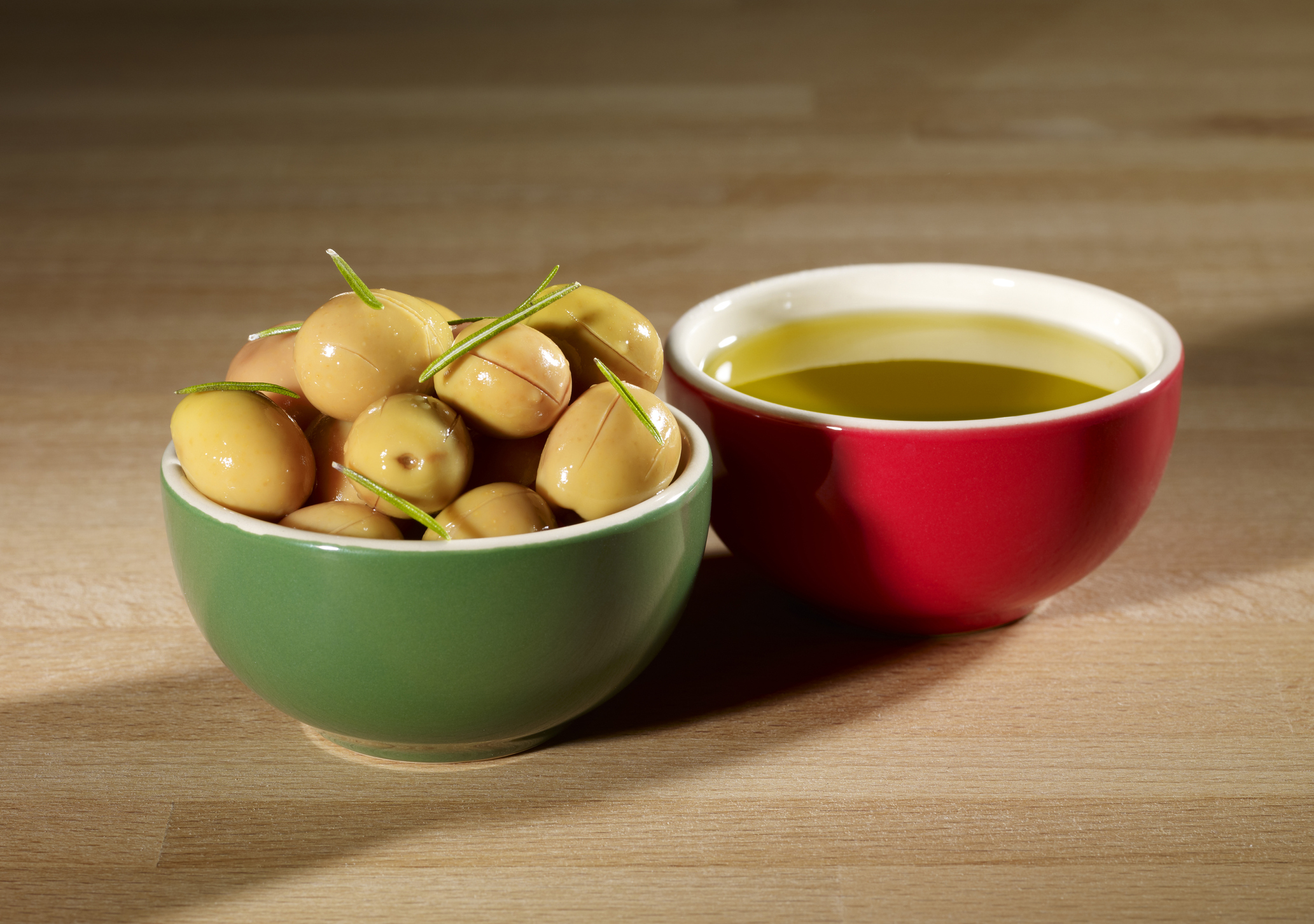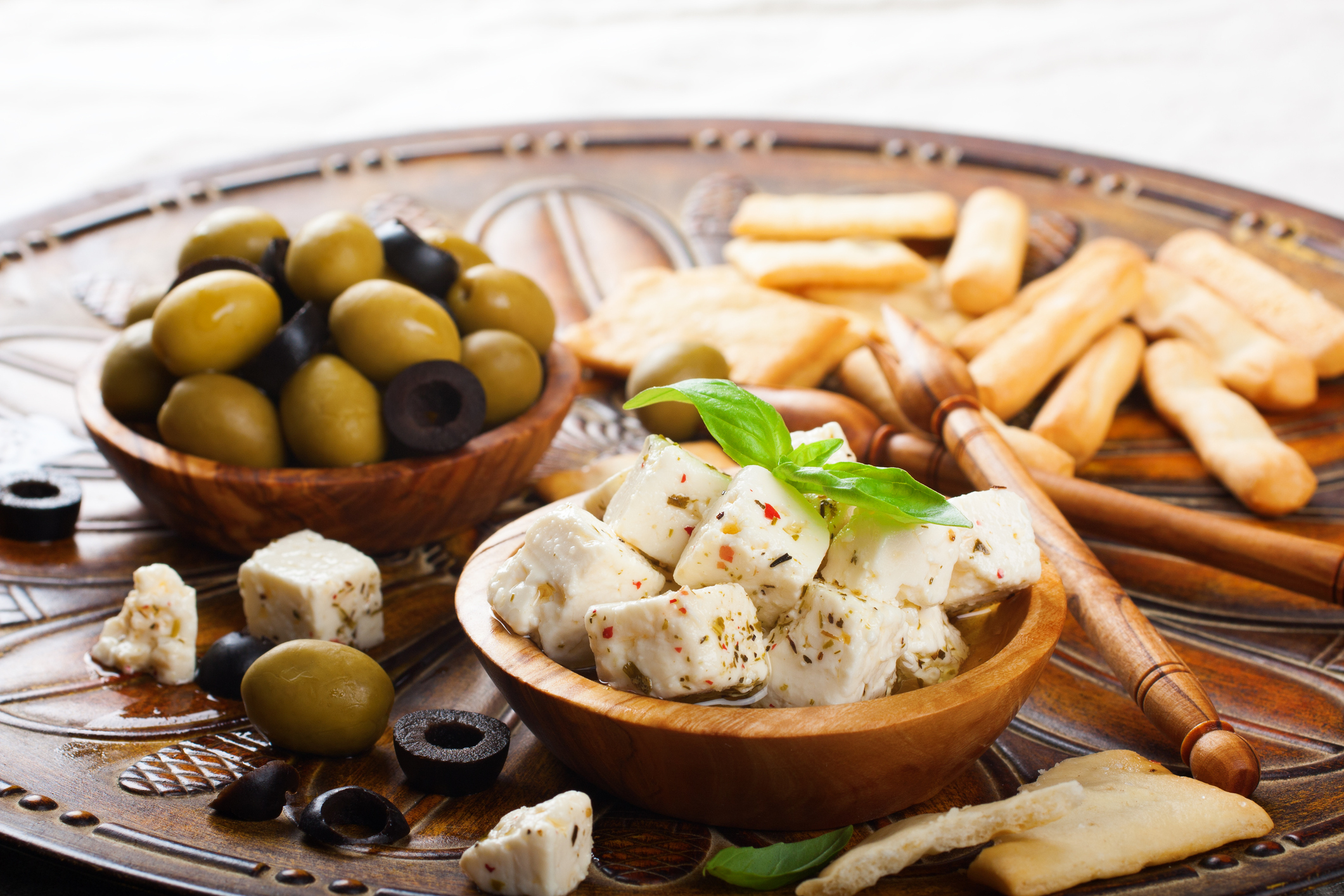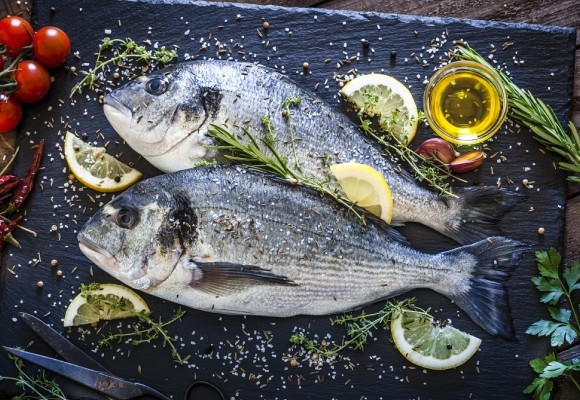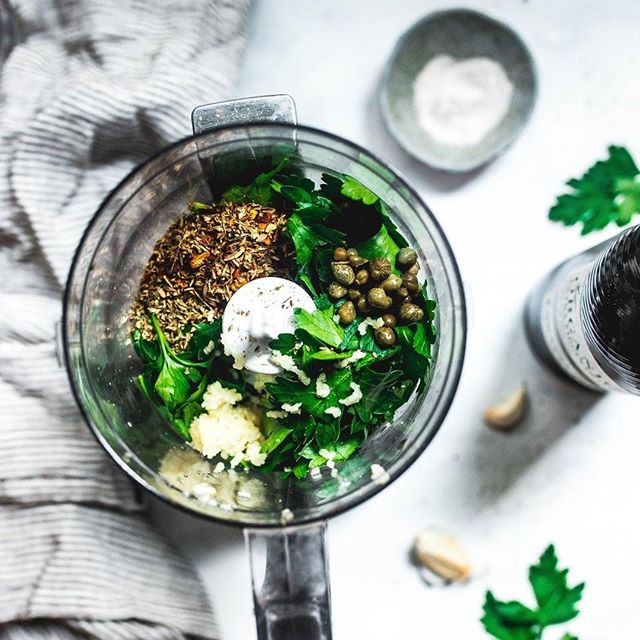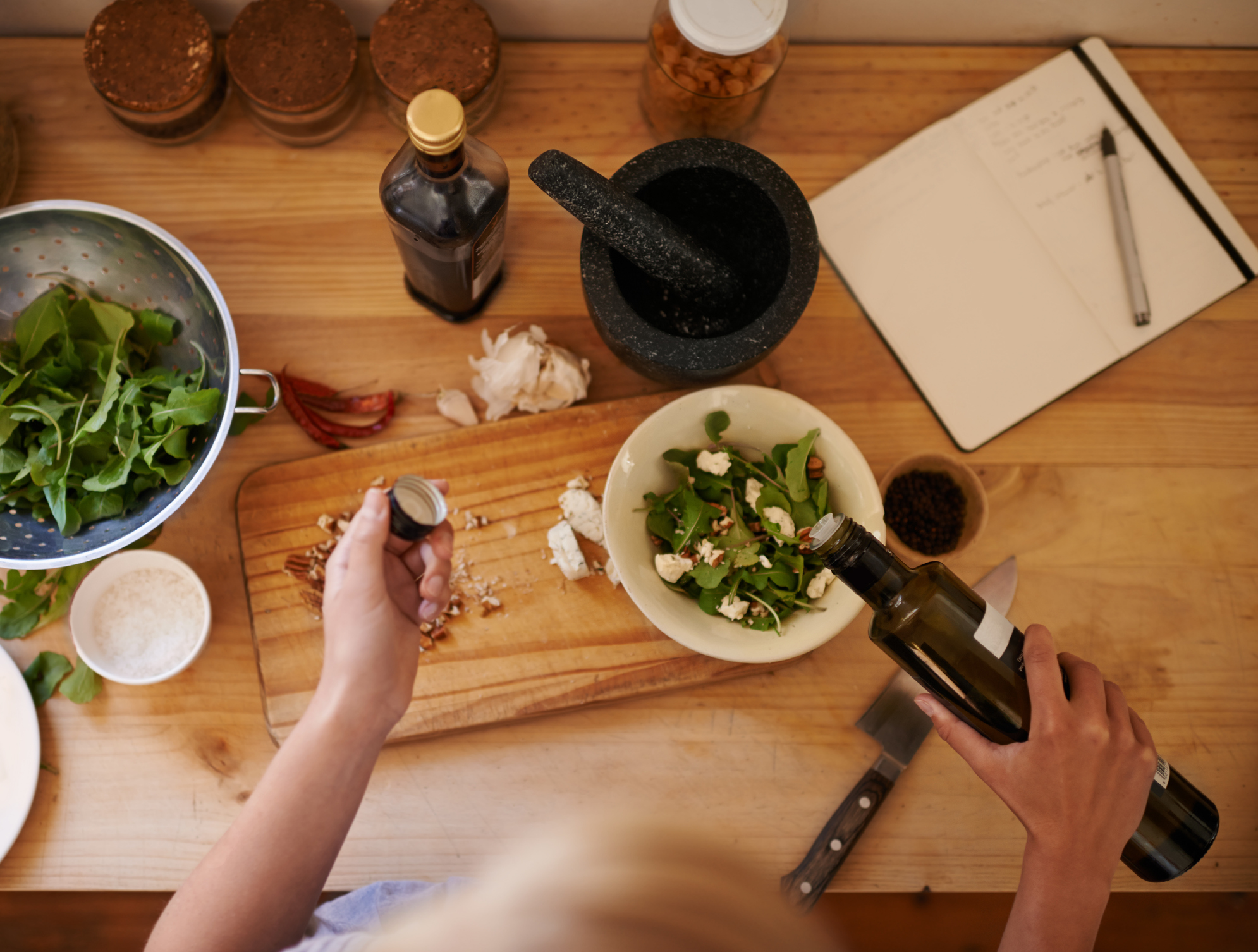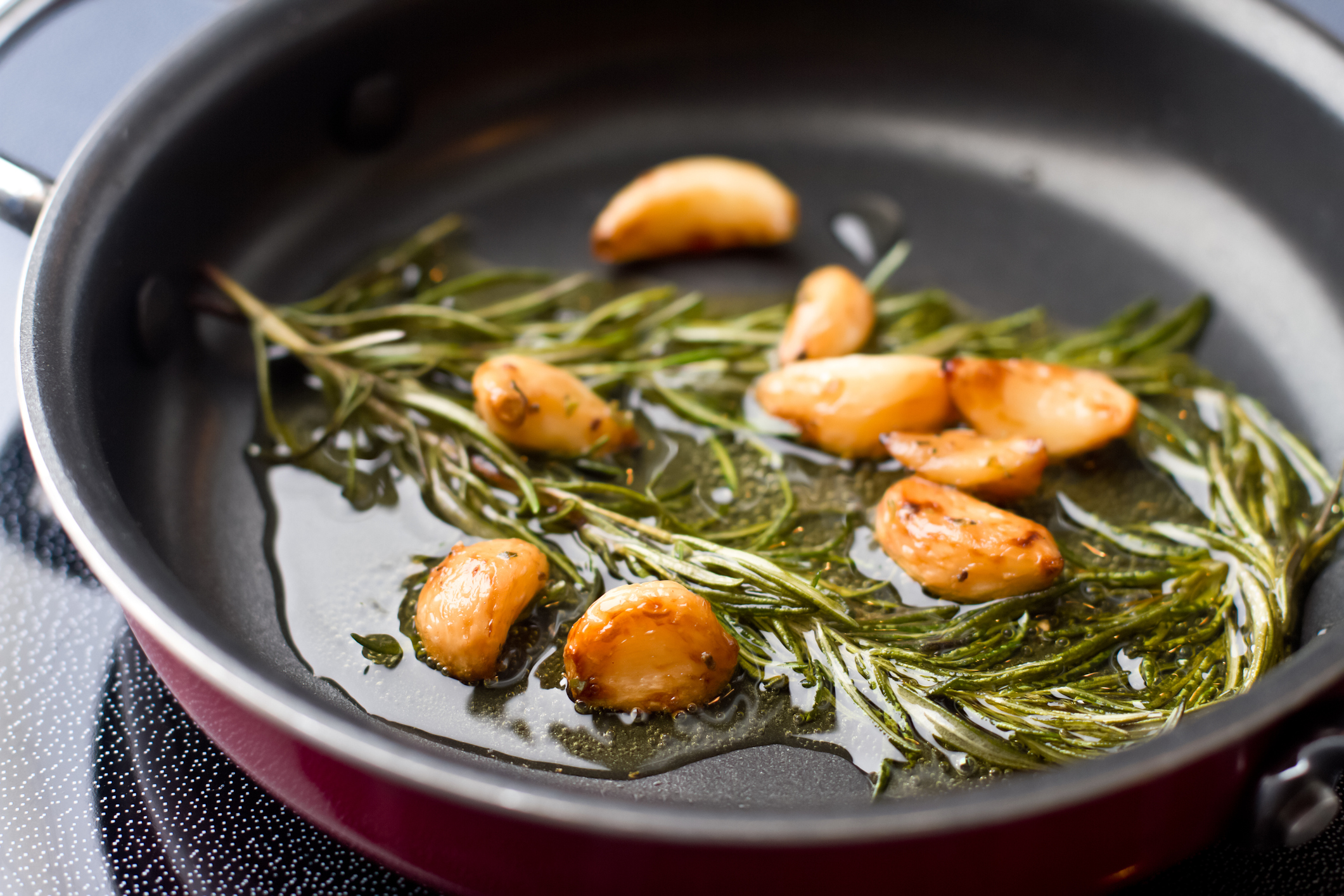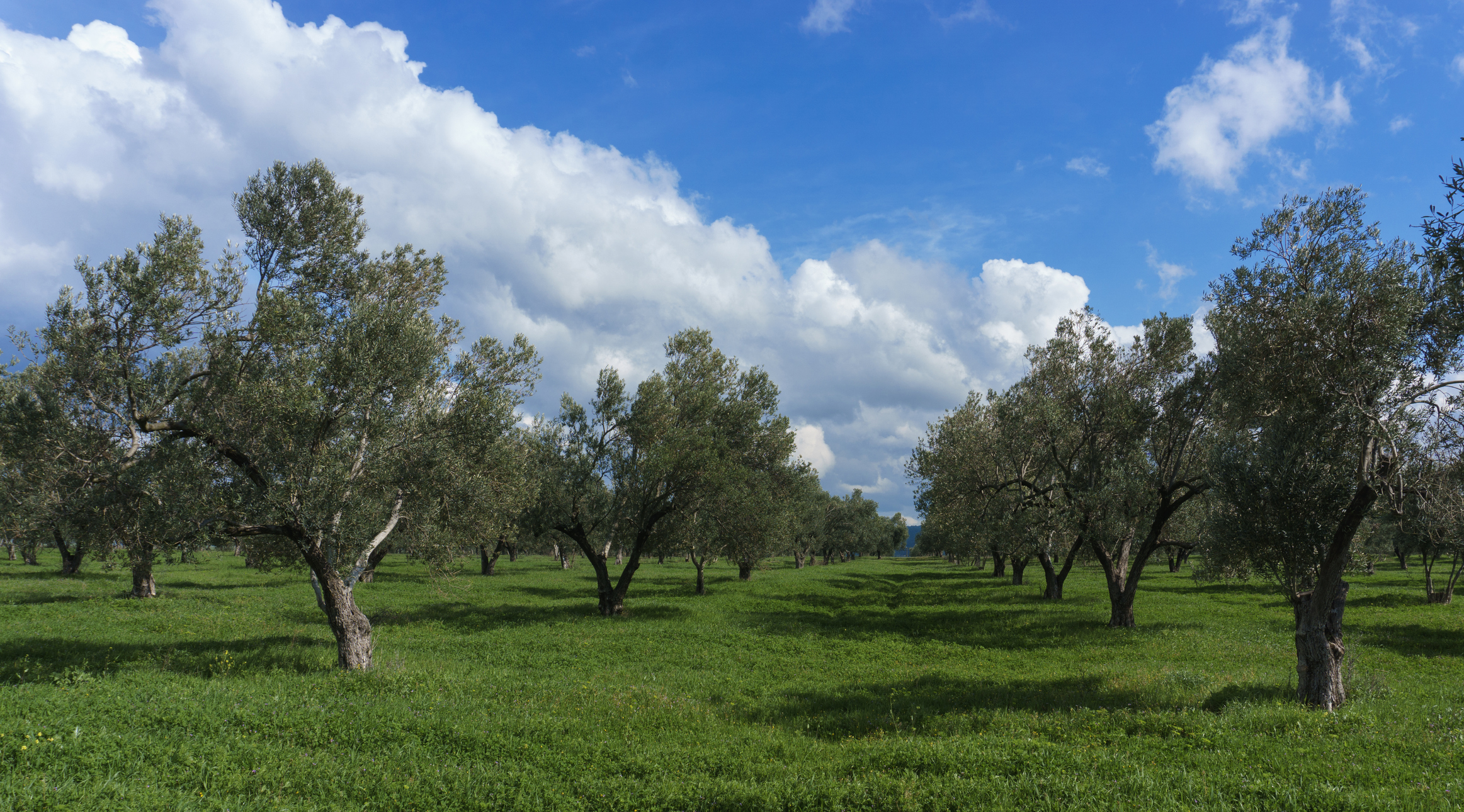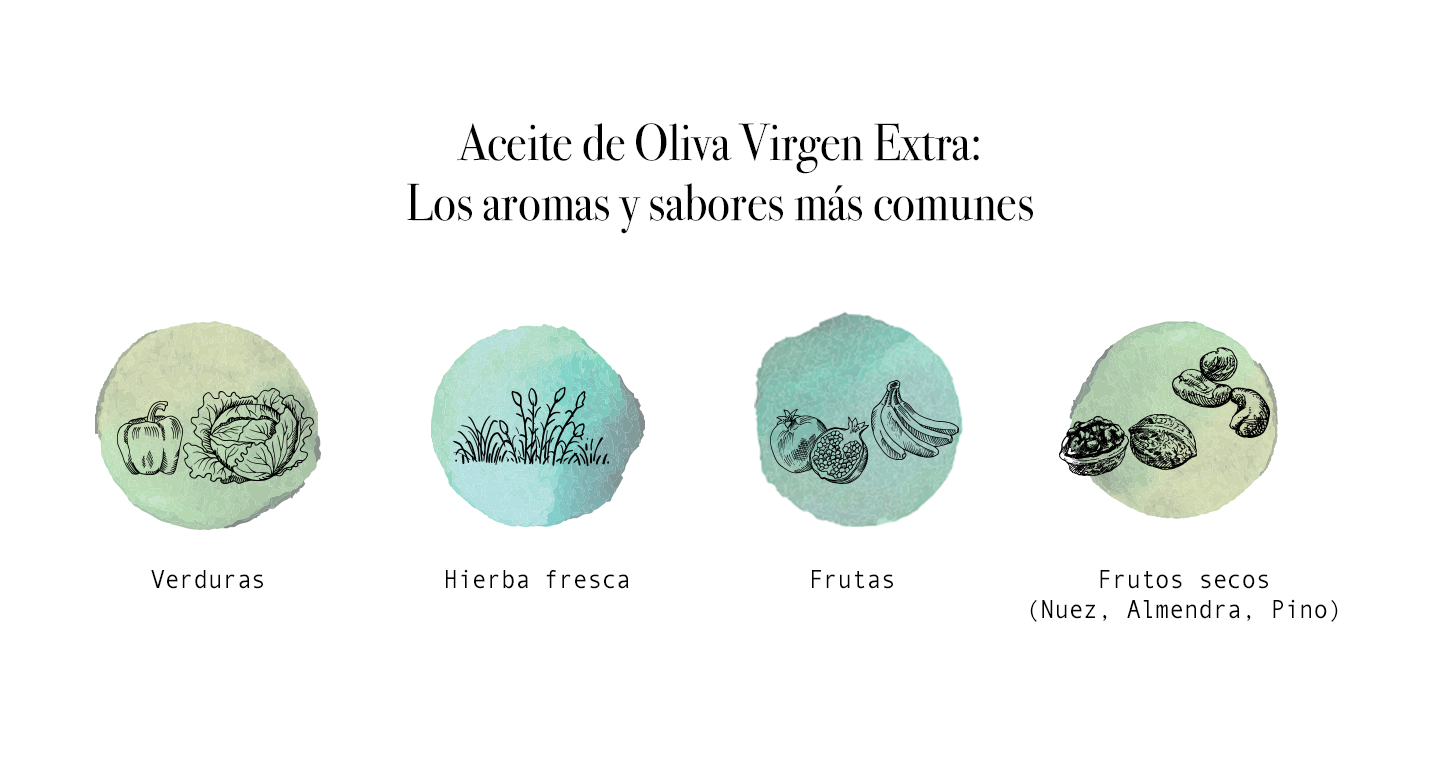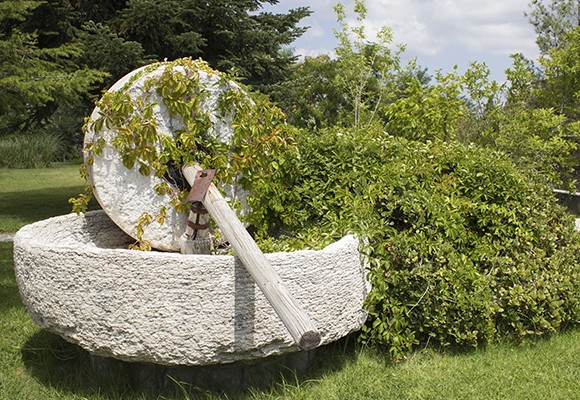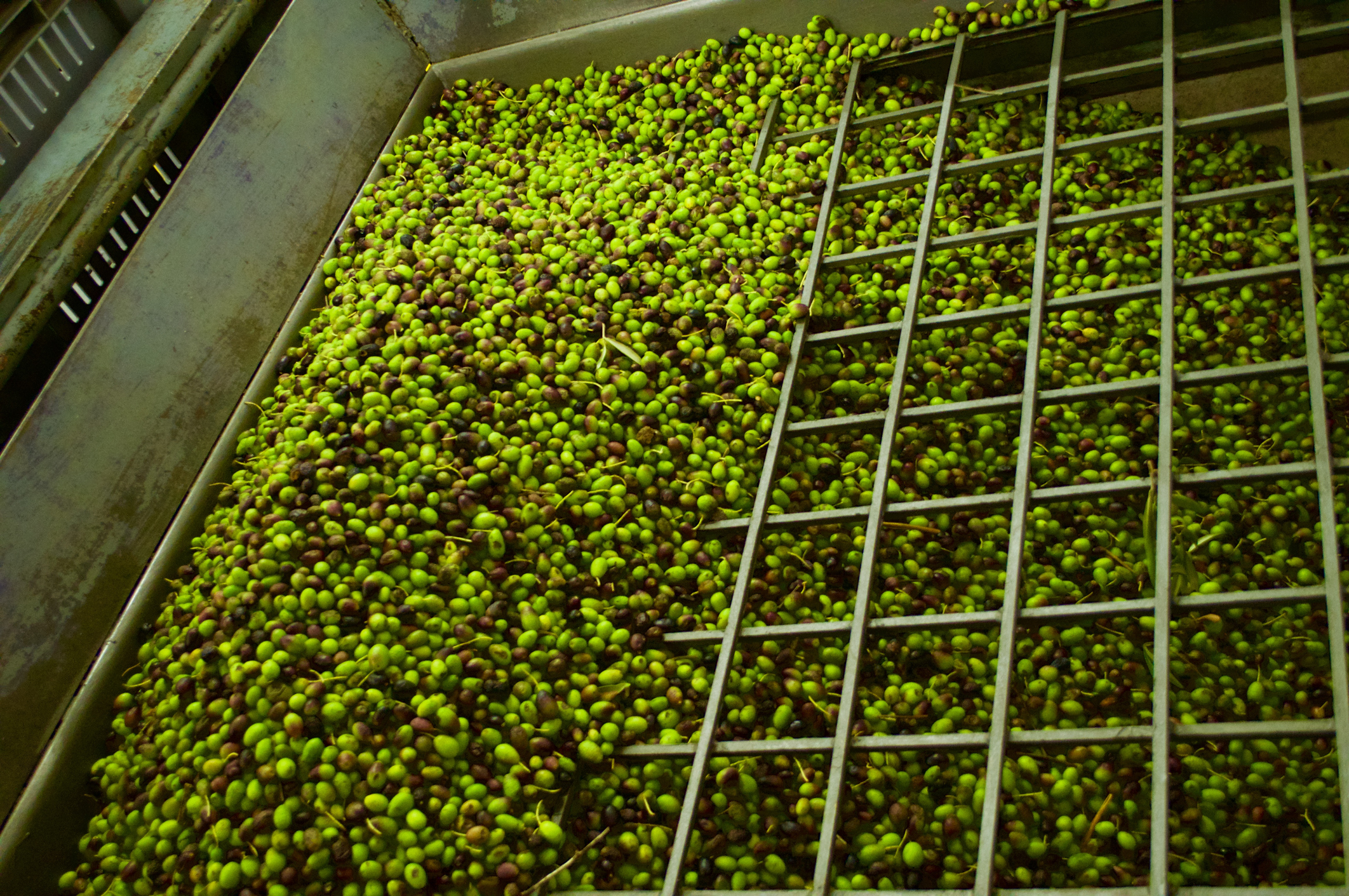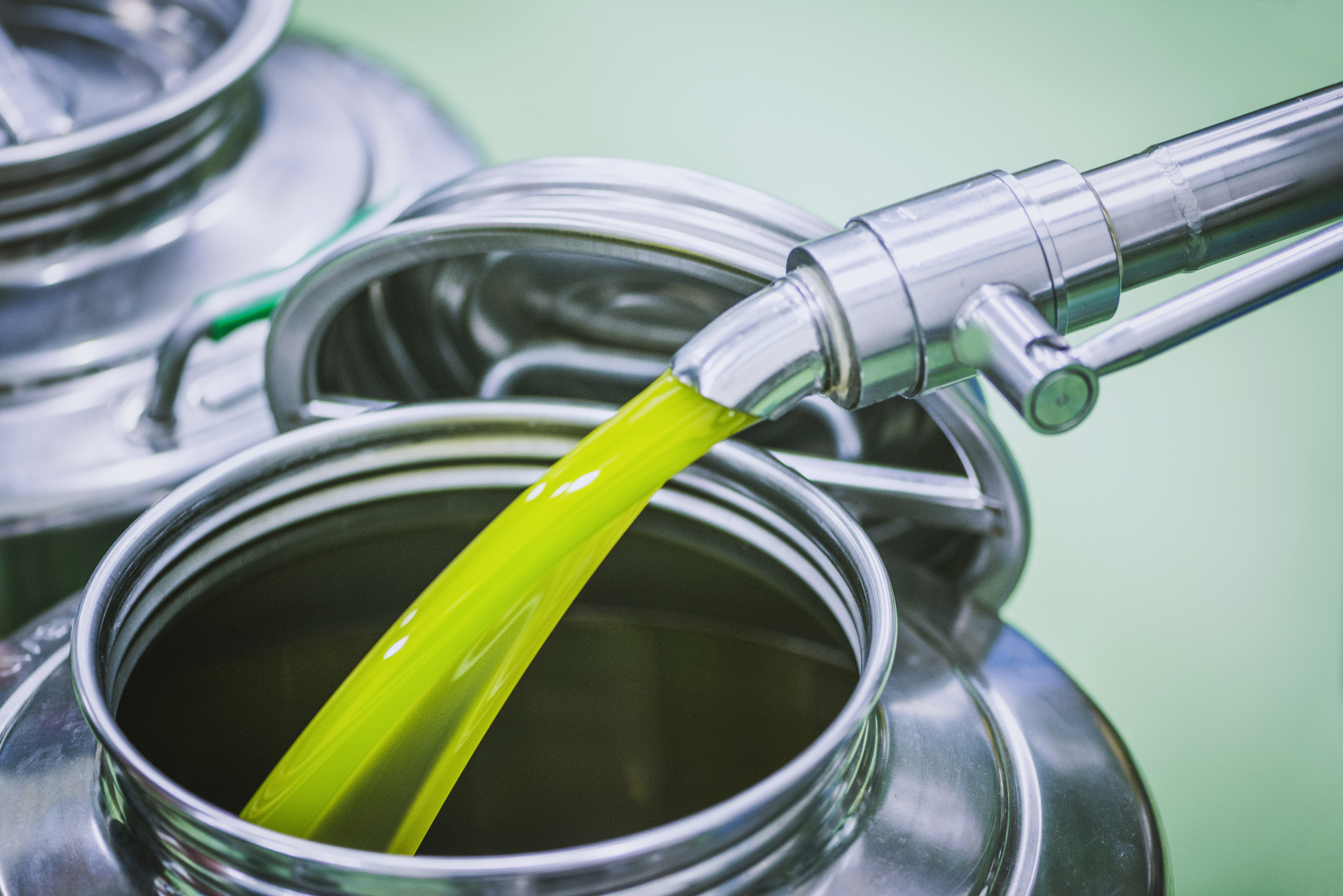Olive oil, which I use for cooking on a daily basis, is one of the most complete foods around. For instance, it’s rich in monounsaturated fats and antioxidants. But what many people wonder (that may include you) is whether olive oil contains Vitamin E? The answer is clearly yes: extra virgin olive oil is a natural source for vitamin E. Let’s focus on its benefits.
BENEFITS OF VITAMIN E
For a more thorough view of all the good things you can get from the Vitamin E found in extra virgin olive oil, here goes a detailed list:
- Antioxidant: Vitamin E (also known as tocopherol) is a natural antioxidant. It helps protect you against diseases such as cancer, and it also slows the aging of your skin and body in general.
- It strengthens your brain: Vitamin E helps keep your brain up and running, protecting you from complications such as dementia in old age.
- It improves your eyesight: Vitamin E is perfect for healthier eyes.
- It prevents cardiovascular diseases:It is highly effective against diabetes, cholesterol and obesity, and it also helps prevent heart attacks.
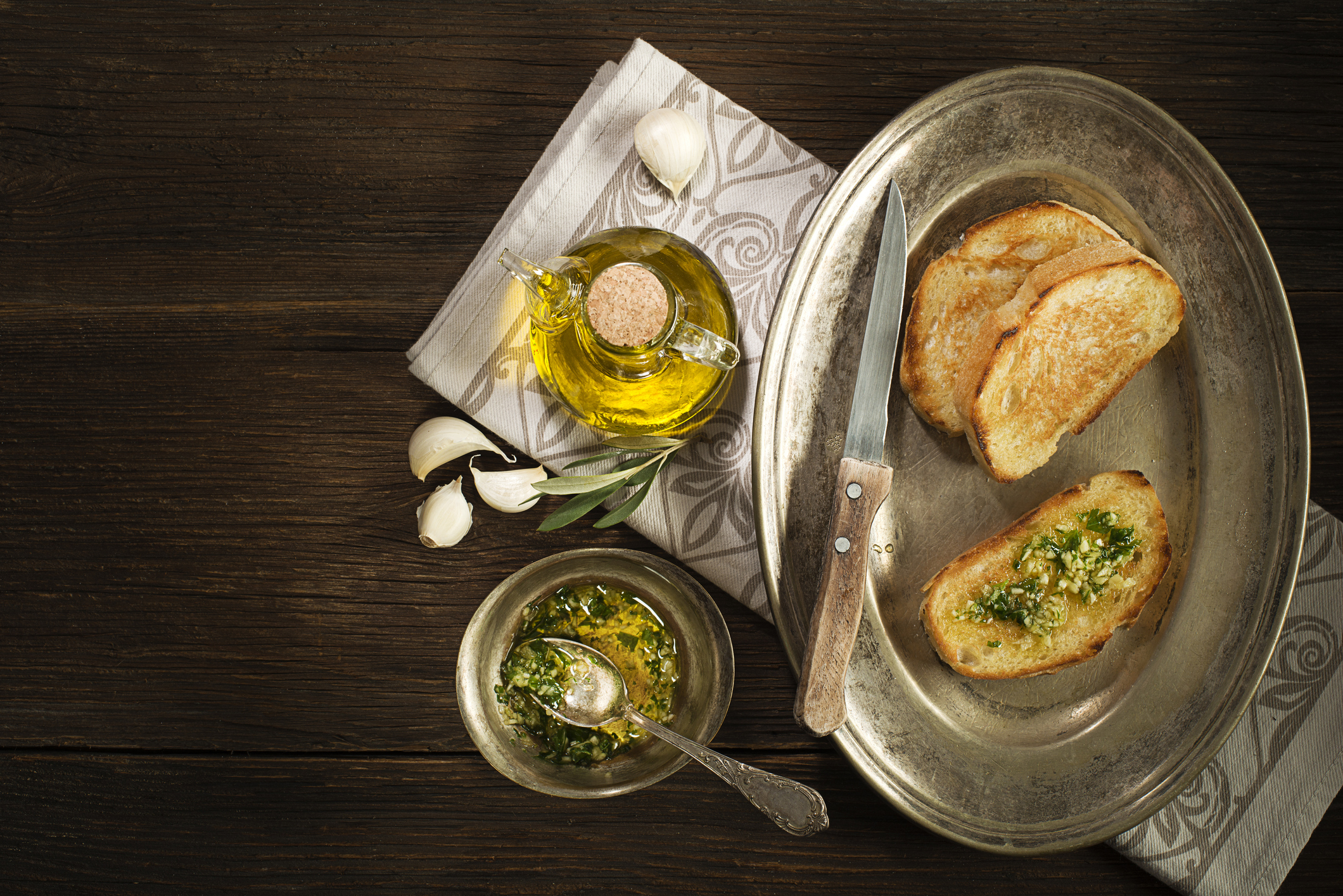
The high Vitamin E content of extra virgin olive oil is what makes it such a high quality oil. That’s why dieticians and nutritionists from all over the world recommend that we include the famous liquid gold in our everyday diet.
Now you know the benefits of Vitamin E for your body. Add extra virgin olive oil to your diet and reap all the benefits.
Source: Livestrong.com

